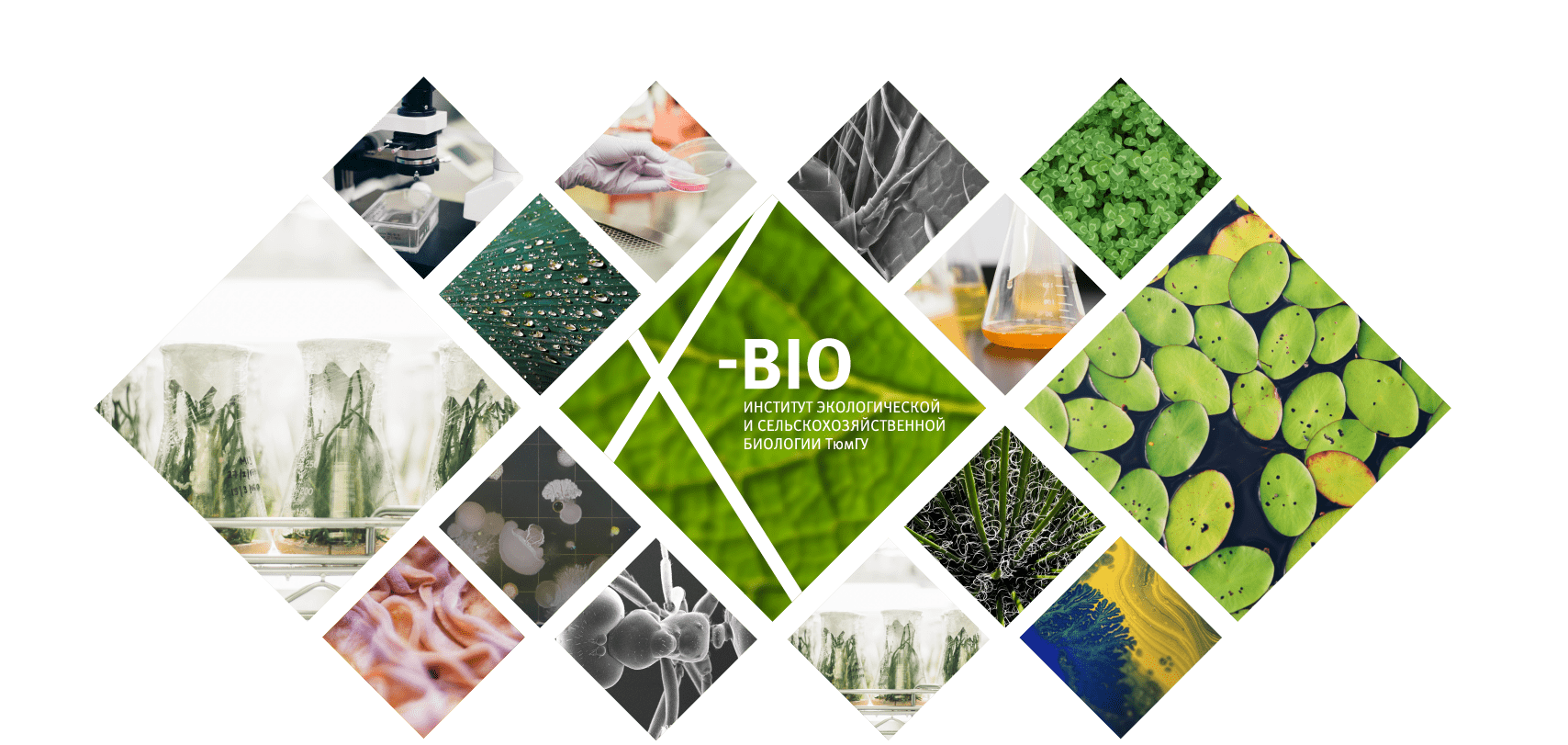
The Institute of Environmental and Agricultural Biology (X-BIO) was founded on 27 November 2017 as a Strategic Academic Unit of the University of Tyumen in the framework of the 5top100 Project. The creation of X-BIO was approved and encouraged by the Supervisory Board of the University.
“X-BIO Institute is a Strategic Academic Unit implemented under the 5top100 Project. Its creation allows the university to increase its competitiveness, to become a world-class center of excellence in the field of biological safety”. (Valery Falkov, Minister of Science and Higher Education of the Russian Federation)
The Institute has a Nanotechnology Center, 12 world-class research laboratories, and research groups to further Biosafety Studies. The Institute has a wide network of partners, including specialized institutes of the Russian Academy of Sciences and research centers, leading foreign universities, large enterprises, including the agricultural industry. The All-Russian Institute of Plant Protection (St. Petersburg) is the key partner of the University of Tyumen in the X-BIO Project.
A powerful scientific infrastructure allows fundamental and applied research to be carried in line with international standards. X-BIO scientific work is published in the leading international scientific journals that are part of the Web of Science Core Collection and Scopus databases.
One of the main goals of X-BIO is to provide future specialists with skills and tools to solve current research and development problems in an effort to expand branches of science and technology. The Institute offers two Master's Programs "Plant Biosecurity" and "Mathematical Biology and Bioinformatics" which are conducted in English.
The world of today is facing a plethora of irreversible global changes: the destruction of major ecosystems, loss of biodiversity with further extrusion by agricultural plants’ monocultures, depletion of soil bioproductivity, unregulated use of antibiotics in healthcare and agriculture, biological infestations, overpopulation, the spread of airborne biological hazards through urban transport, immunodeficiency syndrome. This and many more biohazards of economically important animal and plant families determine the scope of the biological challenges that humans will have to face at the beginning of the 21st century.
Major human health risk for the Western Siberia region is the danger of zoonotic diseases such as ixodic tick-borne infections (tick-borne encephalitis, ixodic tick-borne borreliosis, mononuclear ehrlichiosis, anaplasmosis, rickettsioses, etc.), helminthic infections (opisthorchiasis, diphyllobothriasis). Cultivated plants have a permanent threat of fungal diseases such as fusarium, rust, bacterial rot due to the wet and relatively cold summers, pests. Pests hazard is especially relevant for forest biosafety (prevalence of Dendrolimus sibiricus and Lymantria dispar, bark beetles). The destruction of permafrost makes it highly relevant to control possible sources of anthrax infection in humans and animals.
In recent years, the global spread of tick-borne infections has come to be one of the more prevalent biomedical threats facing national and international sanitary and epidemiological services. According to the data of the US Centers for Disease Control and Prevention (CDC), 500 thousand people are infected annually, where 300-320 thousand cases are solely caused by borreliosis disease. The number of cases increases every year by 5-7%. Similar dynamics are observed in Canada, Europe, especially Central and Eastern, Australia, and China. New types of tick-borne infections are discovered every year.
Infections are not limited to human species – up to 25% of all dogs in the United States are infected with Borrelia. In pastoralism and industrial animal husbandry, from 10% up to 40% of livestock are carriers of tick-borne infections, which leads to a drop in productivity and an increase in costs in the agricultural industry. Wildlife is also affected by tick-borne infections.
The key to countering biological threats is scientific and technological progress, the use of high-tech equipment and bioinformation resources, cellular and subcellular technologies. In turn, there is a serious demand for the development of a specialized research infrastructure that will make it possible to work with biological objects of a high level of pathogenicity and a need for highly-trained specialists that would have the skills to operate the equipment.

25 Lenina Street,
Tyumen 625003